First World War Centenary
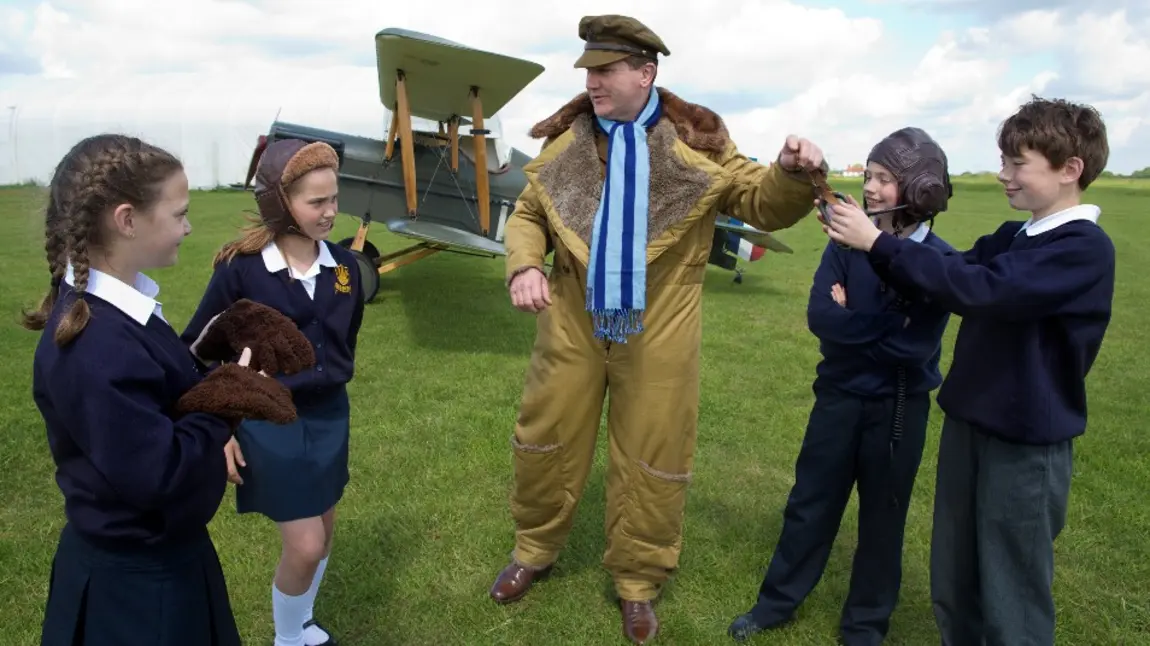
99% of people who took part in a First World Wa Centenary project said they had increased their knowledge and understanding of the war.
"It has broadened my understanding of the First World War both at home and abroad. It has made me look in directions I would not have thought about."
Communities leading the way
The National Lottery enabled people to explore wide-ranging aspects of the conflict. This included:
- stories behind the names on war memorials and of those conscripted to serve
- life on the home front
- the changing role of women
- conscientious objectors and dissent
- developments in medical care
- the contribution of diverse Commonwealth, cultural and faith communities to the conflict
People shared these stories through publications, exhibitions, films, drama and social media. Our #OneCentenary100Stories campaign features 100 of these fascinating stories of the First World War.
The national picture
Together, we conserved important First World War heritage and made it accessible, including:
- HMS Caroline in Belfast
- the cells in Richmond Castle, which held conscientious objectors
- a B-Type London bus used on the Western Front
- Yr Ysgwrn, the poet Hedd Wyn’s home in Snowdonia
Funding for First World War projects after the Centenary
You can still apply for projects exploring the First World War and its impact through the National Lottery Grants for Heritage.
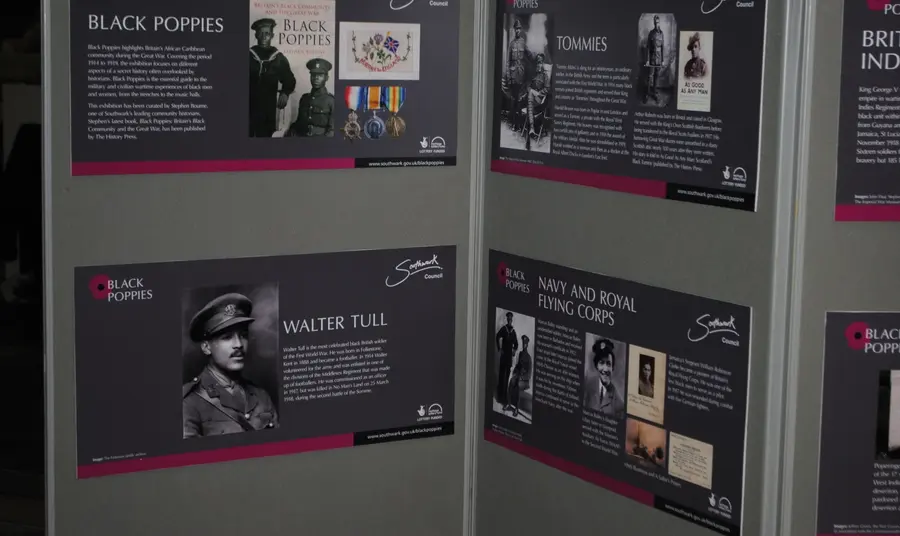
Projects
Black Poppies Exhibition; Southwark and the black British First World War heritage
This project explored the lesser-known story of the black contribution to the First World War.
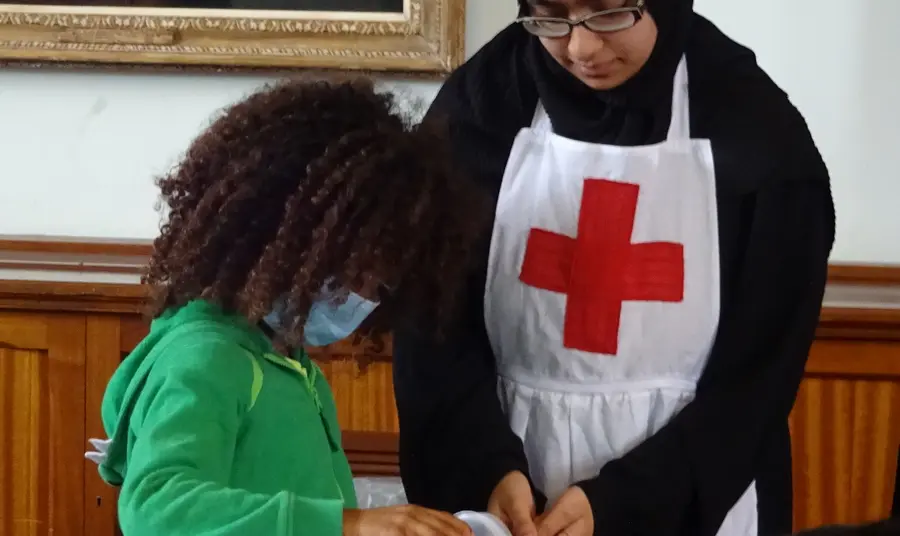
Projects
Wartime Medicine and Innovation
Young people investigated the medical developments from the First World War and the impact they have on their lives today.
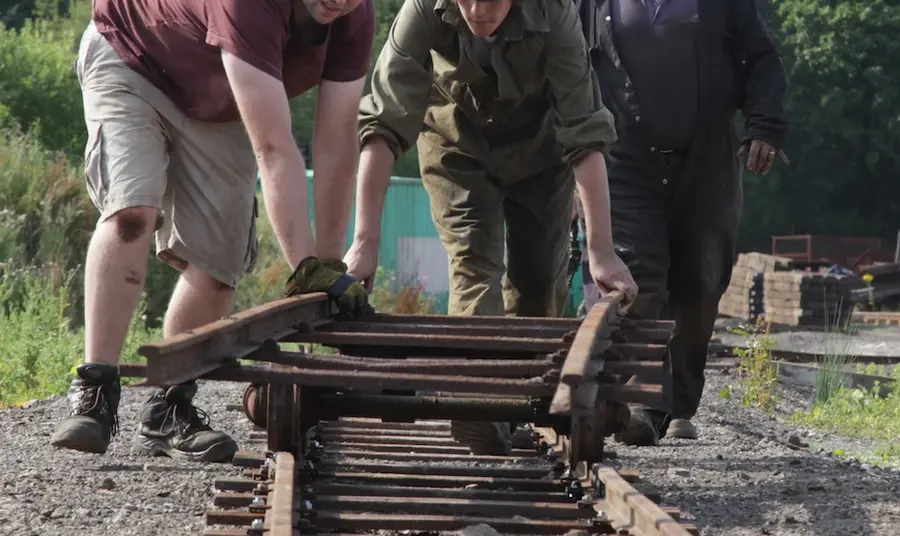
Projects
Industrial railway trail - display track and viewing area
The construction of a demonstration light railway has preserved vital engineering skills, and helped young people get in touch with their heritage.
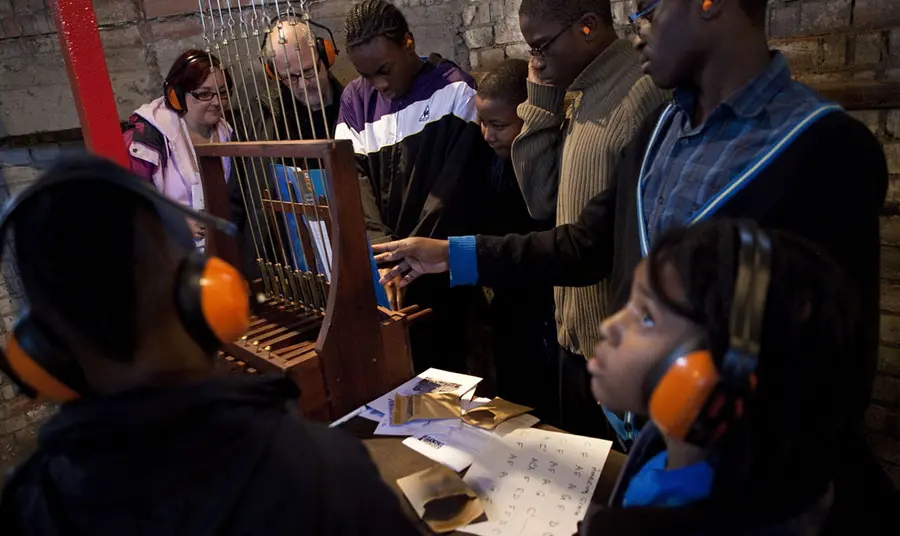
Projects
Local heroes: Revealing the Memorial Bells
The restoration of a rare set of chiming bells hung in 1925 in memory of 197 local heroes connected to the Memorial Community Church in Plaistow, London.
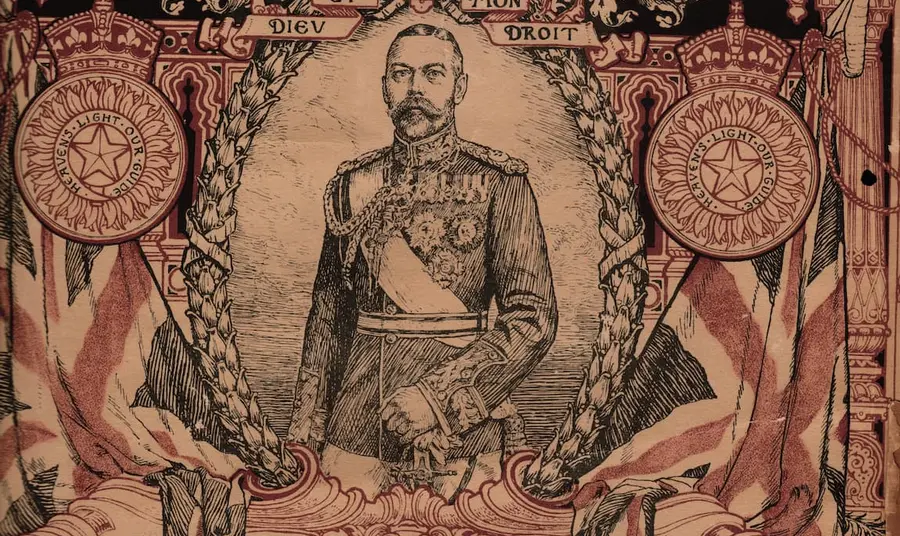
Projects
Connected Histories: Muslims in the First World War
The project explored and commemorated the significant contribution made by Muslim soldiers in the British Indian Army in the First World War.
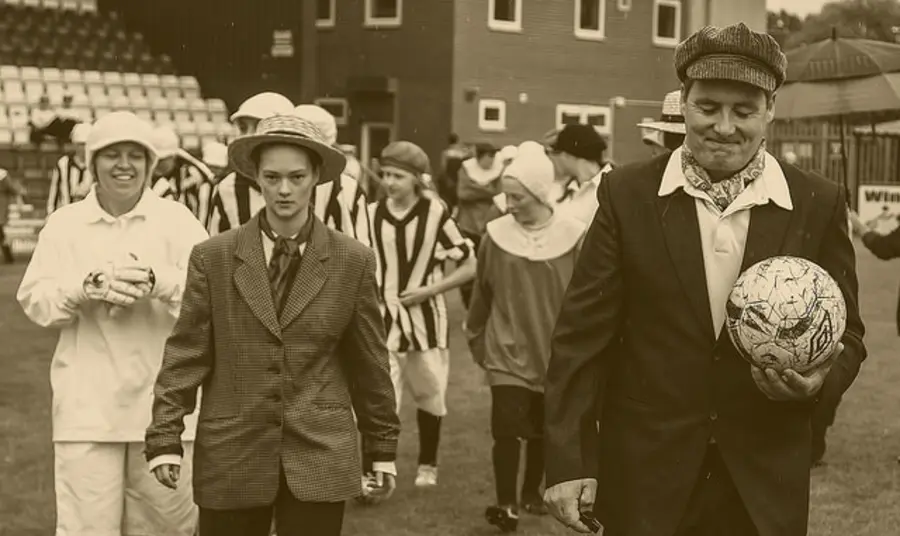
Projects
No Game For Girls: A history of women's football in WW1
No game for girls explored how First World War munitionette football teams drew crowds of thousands before they were banned after the war by an anti-women’s football campaign.

Projects
Personal experiences of volunteer nursing during the First World War
A nurse's wartime scrapbook has inspired this project to commemorate the valiant efforts of medical staff during the First World War.
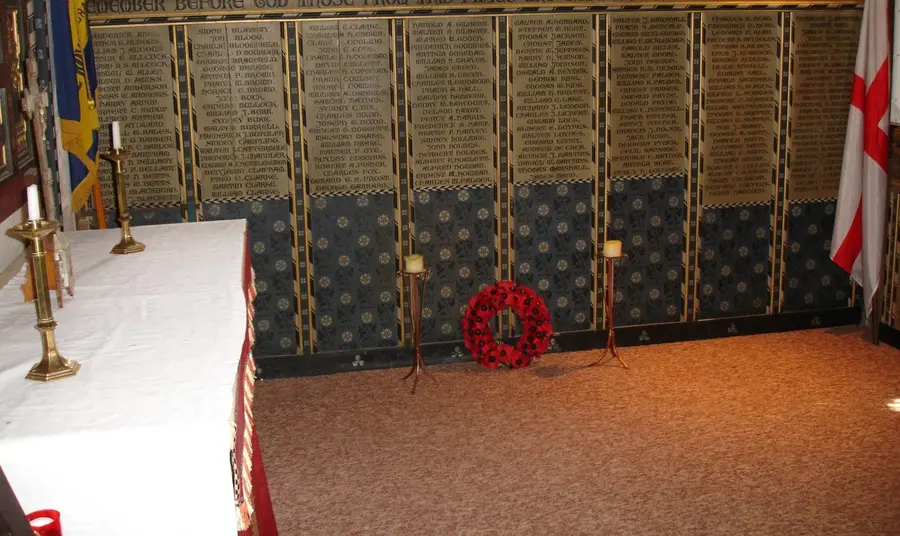
Projects
Restoring war-damaged reredos in Norwich's War Memorial Chapel
St Mark’s Church in Norwich has a War Memorial Chapel, dedicated in 1920. The Project restored the reredos and cleaned the War Memorial
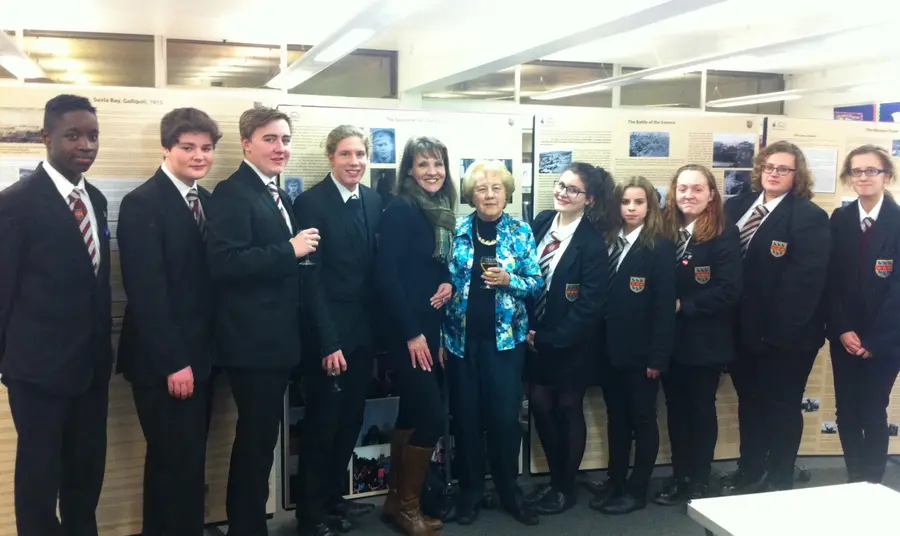
Projects
WWI - Near & Far
The WW1 Near and Far project involved nearly half of the Onslow St Audrey’s school in Welwyn Garden City learning about the First World War.
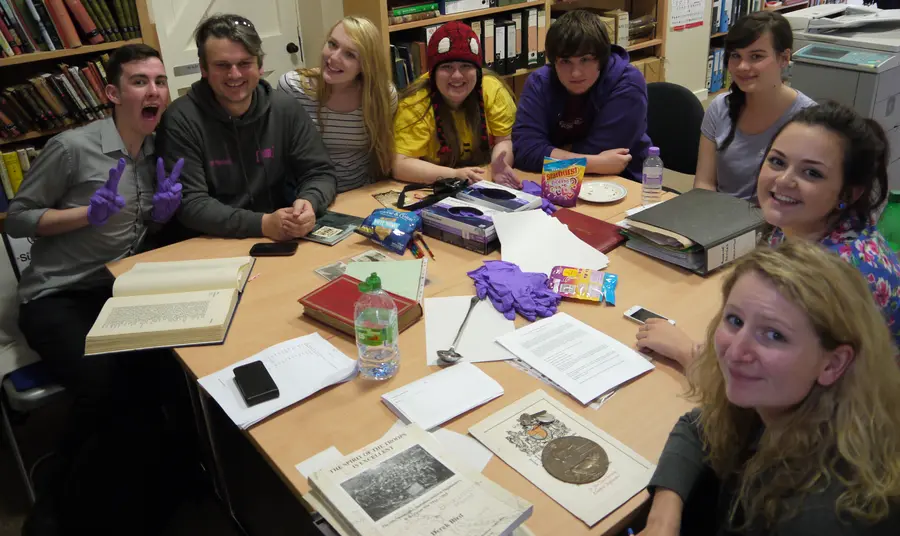
Projects
A War Unheard
Young drama enthusiasts formed the Eden Court Collective, a theatre company that set out to explore and share the untold stories of warfare.
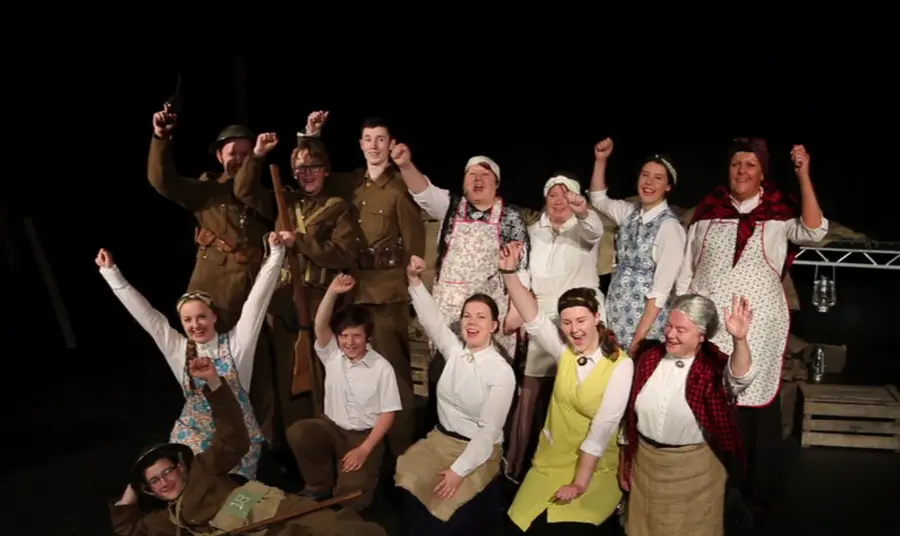
Projects
Working The War
A group of young people researched the personal stories of families who worked in the local torpedo factory during the First World War.
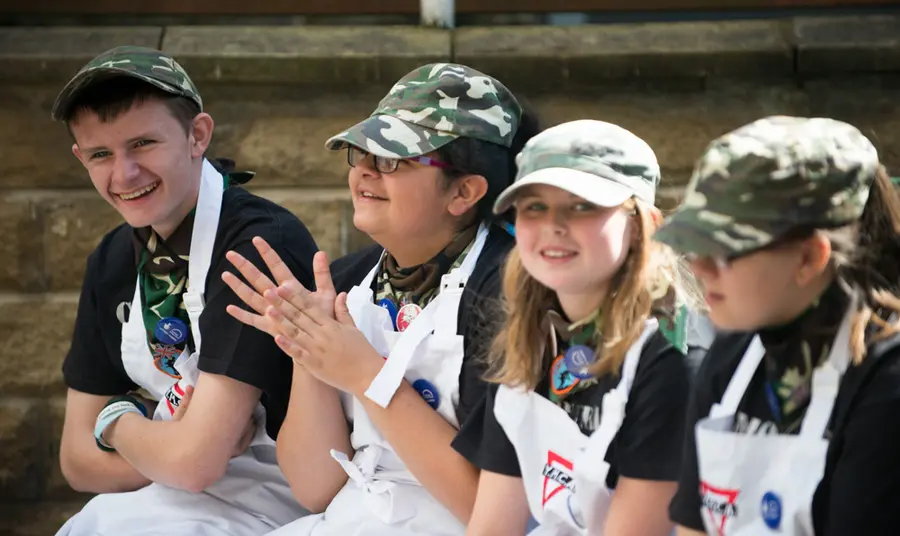
Projects
Tea and Remembrance: Bradford YMCA’s First World War project
Within days of the outbreak of the First World War, the YMCA had established 250 tea huts in the UK providing refreshments for soldiers heading to war. As the war progressed, these huts evolved to serve hospitals, POW camps and training centres.